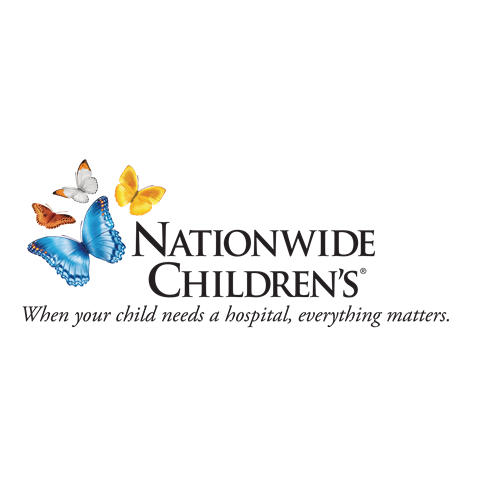Available Technologies
# of Displayed Technologies: 3 / 3
Categories
.png) Production of rAAV in vero cells using Simian adenovirus 13 as helper
Production of rAAV in vero cells using Simian adenovirus 13 as helper
TS-000639 — Infectious recombinant Adeno-associated virus (rAAV) are exclusively used as gene transfer vehicles for an ever-widening array of human applications such as for use as vaccines and gene therapy vectors. A requirement for the clinical use of rAAV for DNA delivery is a highly efficient, reproducible and commercially scalable production. The most common methods of scalable rAAV production use HeLa cells. HeLa cells are derived from malignant cervical tumor and therefore, raises potential safety concerns. Gene therapy experts at Nationwide Children’s Hospital have developed new methods and materials achieving higher titers of rAAV in mammalian cells other than transformed cancer cells. This invention achieves scalable production of rAAV using clinically safe Vero cells derived from African green monkey kidney cells combined with the simian adenovirus 13 helper virus.
- College:
- Inventors: Clark, Kelly Reed; Beall, Cliff; Johnson, Philip
- Licensing Officer: Barkett, Margaret
 Sustained Expression of MHC Class I Protects Motor Neurons from ALS Astrocyte-Induced Toxicity
Sustained Expression of MHC Class I Protects Motor Neurons from ALS Astrocyte-Induced Toxicity
TS-000208 — Ninety percent of cases of amyotrophic lateral sclerosis (ALS) are sporadic and lack a familial association, but the etiology of sporadic ALS remains largely unknown. The laboratory of Dr. Brian Kaspar at Nationwide Children’s Hospital has discovered that overexpression of the HLA-F MHC class I molecule in motor neurons is protective against ALS. Further, they have identified a pharmaceutical composition that increases the expression of HLA-F in motor neurons and would serve as a treatment option for patients with both sporadic and familial ALS.
- College:
- Inventors: Kaspar, Brian
- Licensing Officer: Barkett, Margaret
 ALS Astrocytes with Natural Killer Properties
ALS Astrocytes with Natural Killer Properties
TS-000149 — ALS, commonly referred to as Lou Gehrig’s disease, is characterized by selective, premature degeneration and death of motor neurons (MNs) in the motor cortex, brain stem and spinal cord. Studies have demonstrated that not only MNs but also non-neuronal cell types including microglia and astrocytes play a significant role in disease onset and progression. Researchers at Nationwide Children’s Hospital have identified a previously undescribed disease mechanism in which astrocytes use killing pathways typically ascribed to the innate immune system, and can use these mechanisms as targets for therapeutic intervention in ALS.
- College:
- Inventors: Kaspar, Brian
- Licensing Officer: Barkett, Margaret
